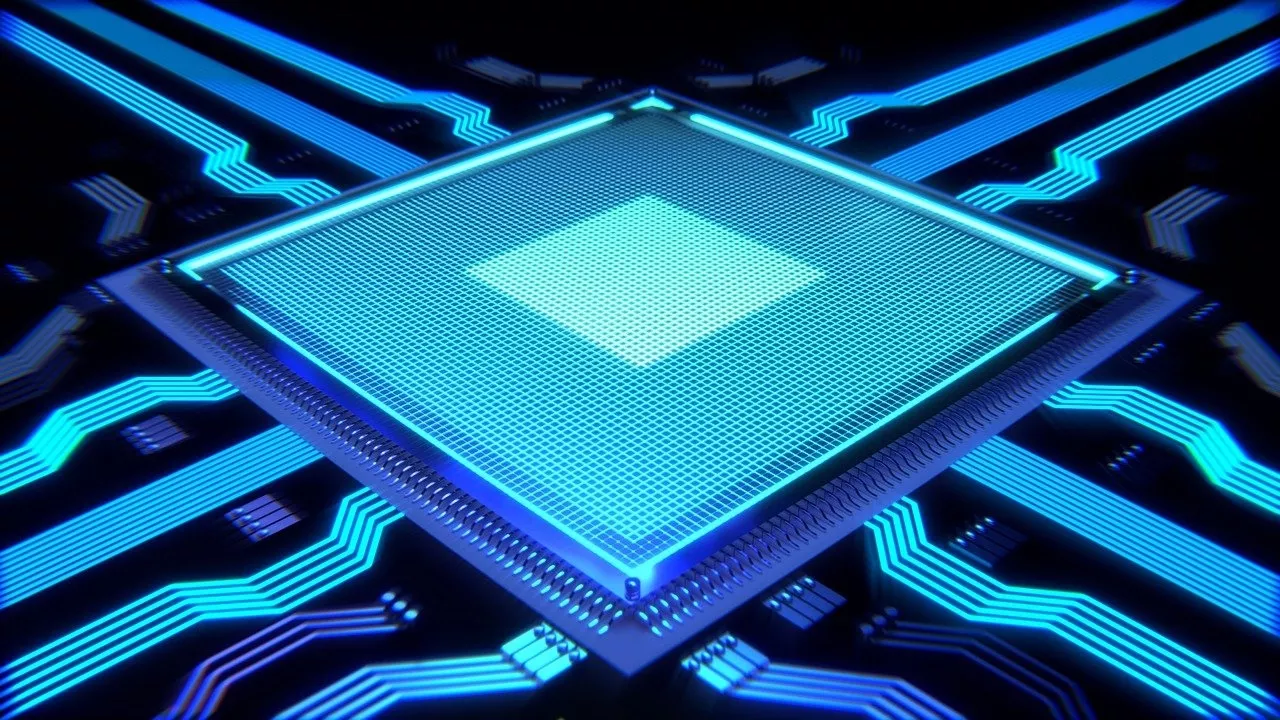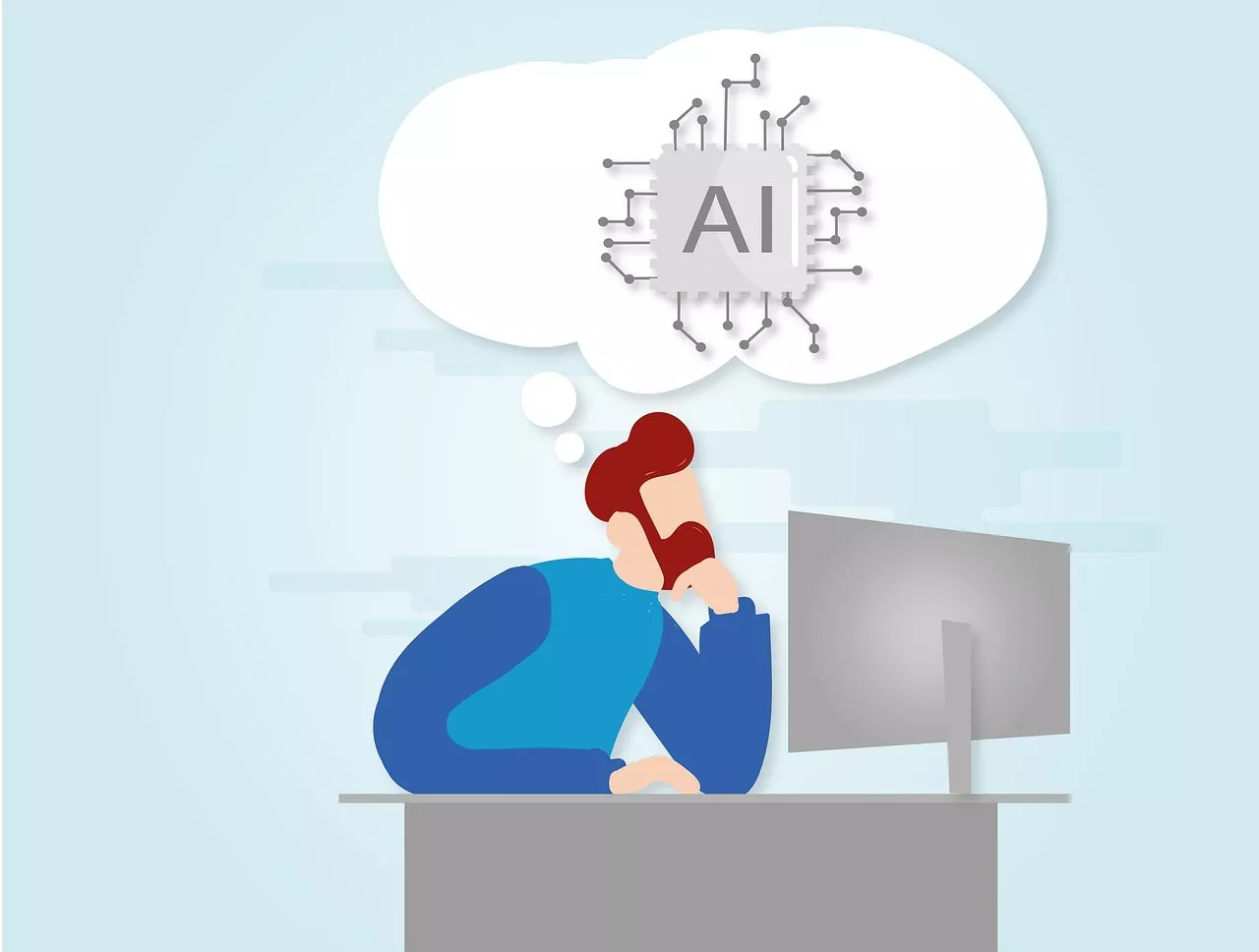IPv6: The Future of the Internet
In recent decades, the internet has become exponentially important. A variety of devices such as smartphones, tablets, smart TVs, and computers are online all the time. The increasing interconnection of household appliances like refrigerators or washing machines also leads to a constant increase in data traffic on the net. The Internet Protocol (IP) plays a crucial role in identifying data packets and directing them to their destination addresses. With the introduction of IPv6, a further development of the previous IP standard, the future of the internet will be shaped.
What is IPv6 and How Does it Differ from IPv4?
IPv6 stands for Internet Protocol Version 6 and is a further development of the previous IP standard (IPv4), which was developed in the 1980s. One significant difference is the size of the addresses. While IPv4 addresses are 32 bits long and thus only allow for a limited number of addresses, IPv6 offers 128-bit long addresses. This allows for the allocation of addresses on a previously unimaginable scale. Another advantage of IPv6 is that it integrates certain functions that were previously implemented through separate protocols into the protocol itself. This simplifies and speeds up network traffic. In addition, IPv6 can also use multiple addresses per device, increasing flexibility in addressing.
Why is the Migration to IPv6 Important?
The migration to IPv6 is important because the number of available IPv4 addresses is almost depleted. While there are still ways to circumvent the lack of addresses through technologies such as Network Address Translation (NAT), this is not a permanent solution and has limitations. IPv6 provides a technology that allows for an unlimited number of addresses. Furthermore, IPv6 also provides better support for new technologies such as the Internet of Things (IoT) or 5G networks. As more and more devices are online permanently, the demand for addresses will continue to increase. With IPv6, we are prepared for this development and can ensure that every device has a unique IP address in the future.
What are the Effects of IPv6 on Businesses and End Users?
For businesses that operate a large number of devices and networks, migrating to IPv6 involves a significant effort. The migration requires careful planning and implementation to ensure that existing networks continue to function smoothly. In addition, older devices or software that are not yet prepared for IPv6 must be replaced or updated. However, IPv6 also offers many advantages for businesses, as it provides better scalability, flexibility, and security. For end-users, the migration to IPv6 will usually go unnoticed. Modern operating systems and routers already support IPv6, and most services and applications on the internet are already prepared for it. However, problems may occur in individual cases if older devices or software that are not compatible with IPv6 are used.
How is the Migration to IPv6 Implemented?
The migration to IPv6 is carried out gradually and is already in full swing. Many internet service providers and mobile network operators have already activated IPv6 and offer it to their customers. Many businesses have also started to migrate their networks to IPv6. However, the migration will still take some time and requires the cooperation of all involved parties to ensure a smooth migration. It is important that all devices and services in the network support IPv6, and that all parties involved are adequately trained to successfully implement the migration.
Conclusion
IPv6 is the future of the internet and offers a variety of advantages over the previous IPv4 standard. It allows for an unlimited number of addresses, better support for new technologies, and higher security. The migration to IPv6 requires a significant effort, but it is necessary to ensure a reliable and secure networking of devices and people in the future.











